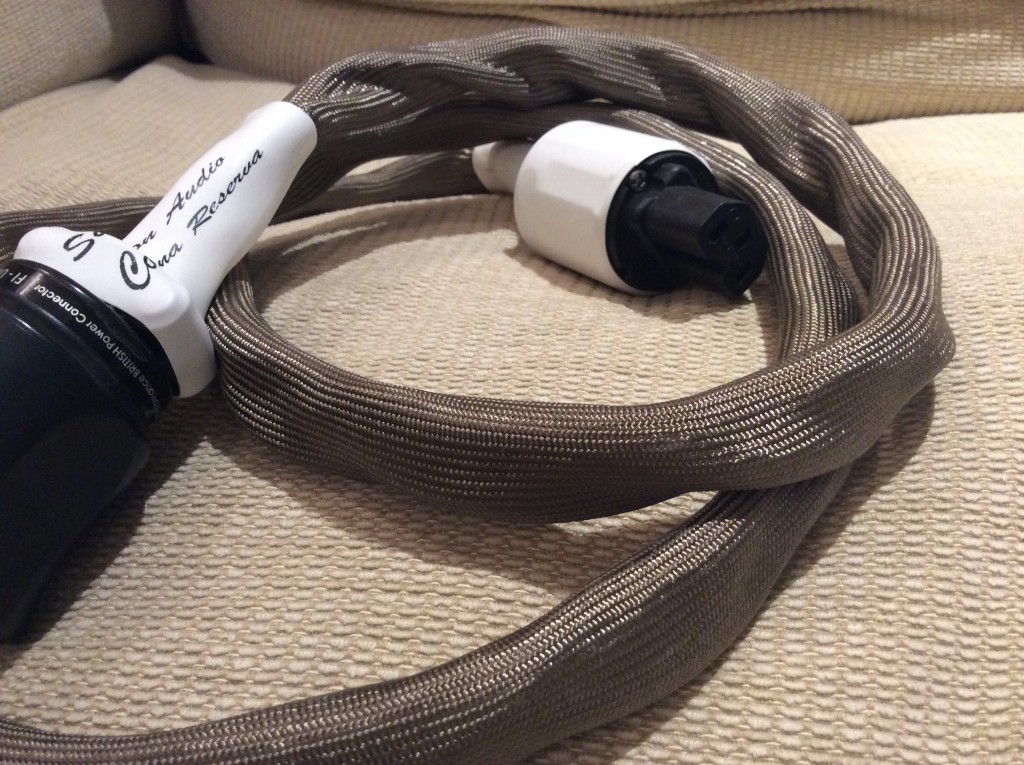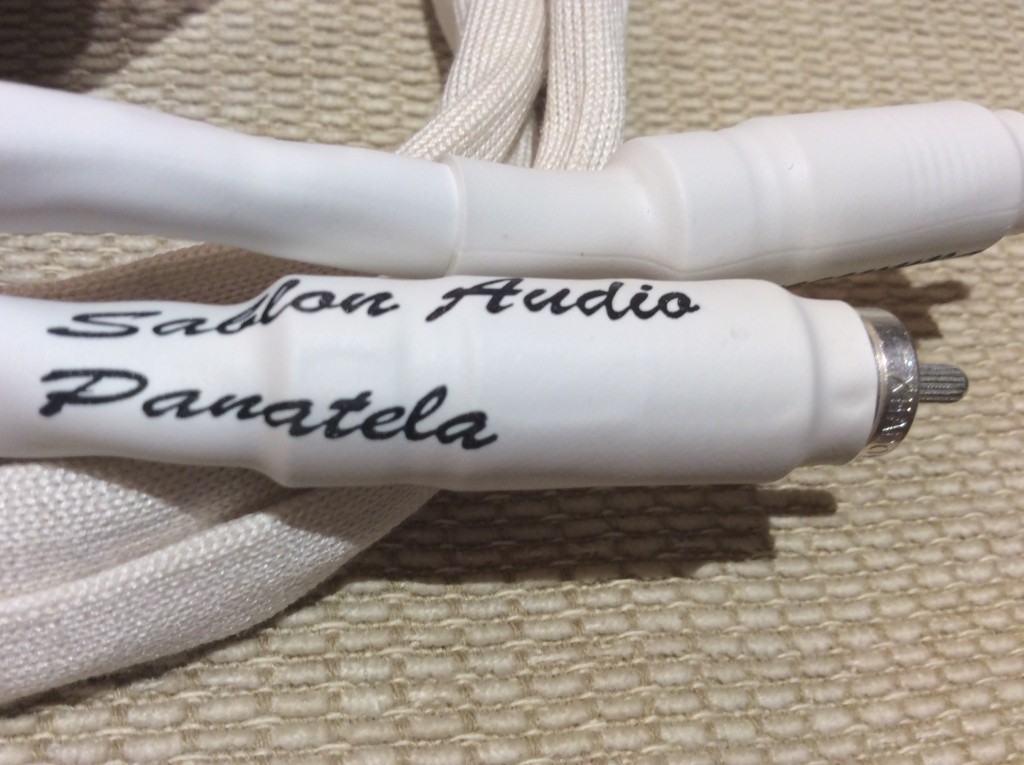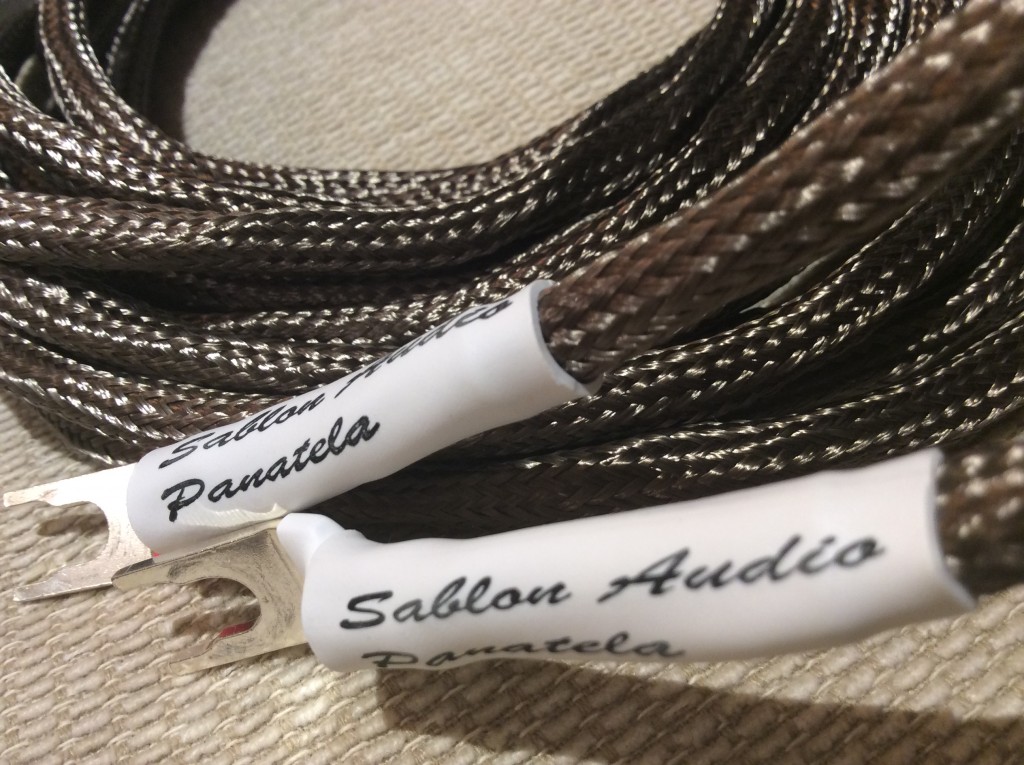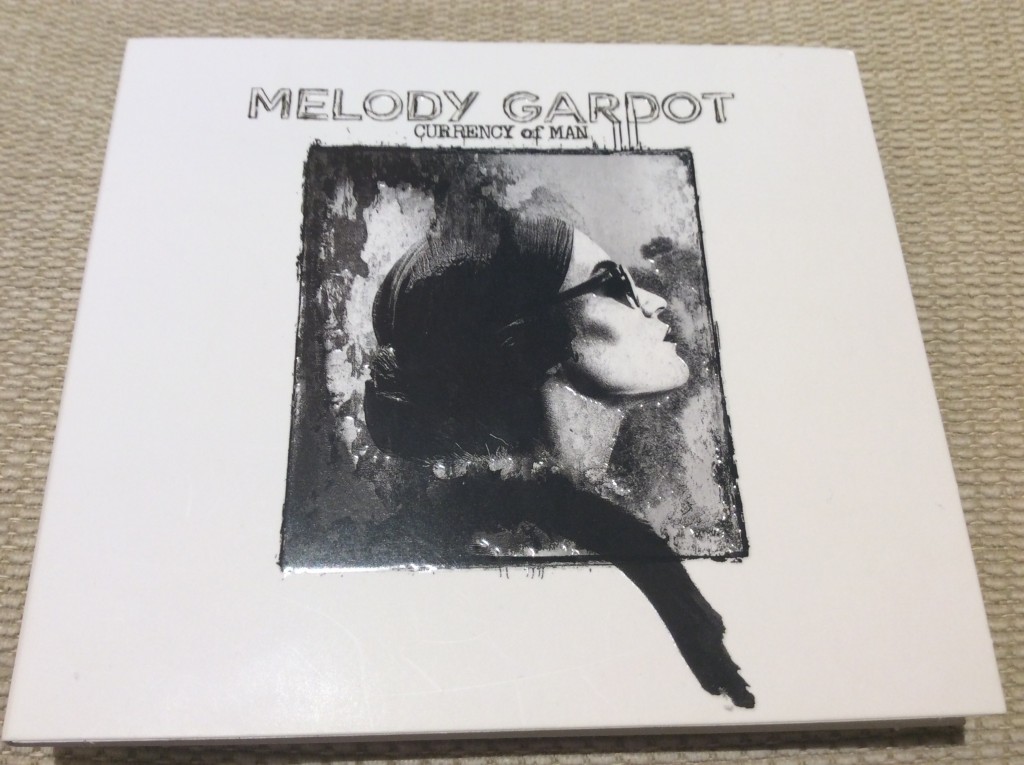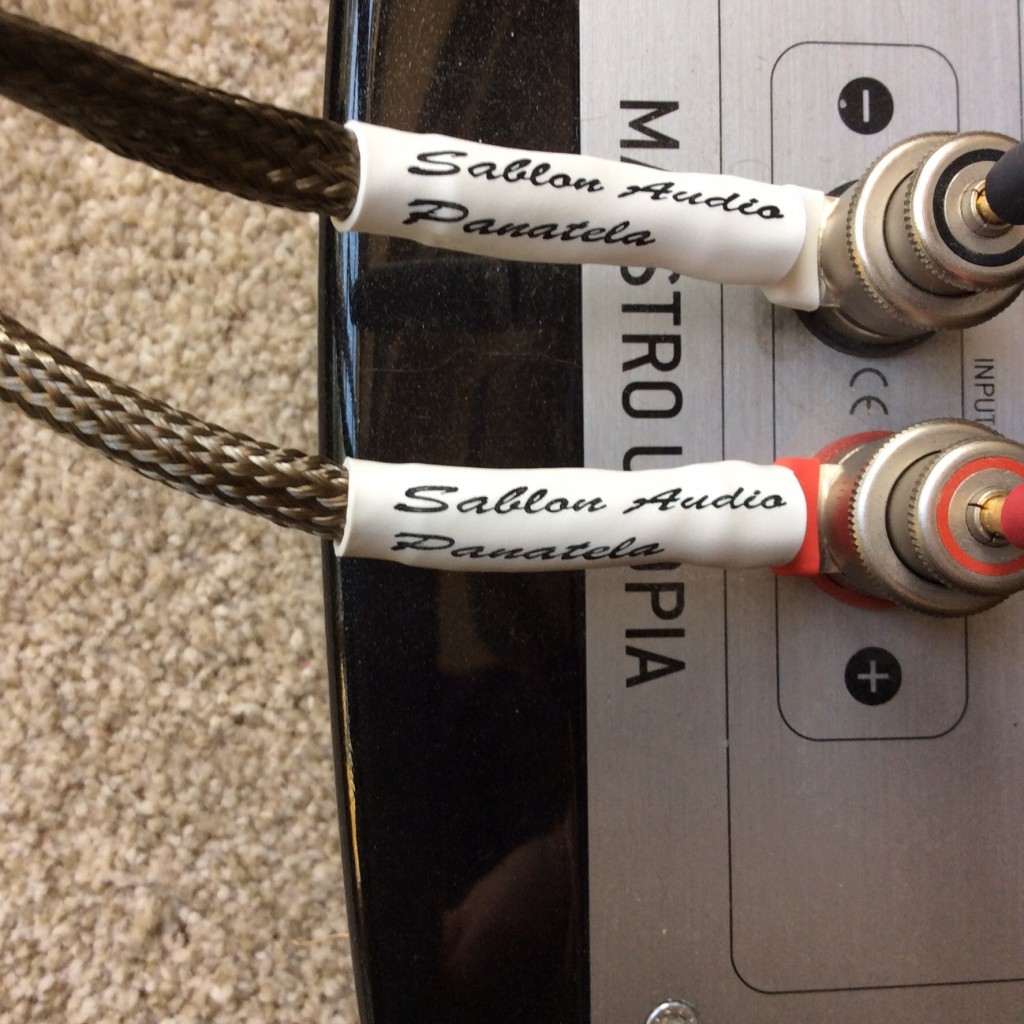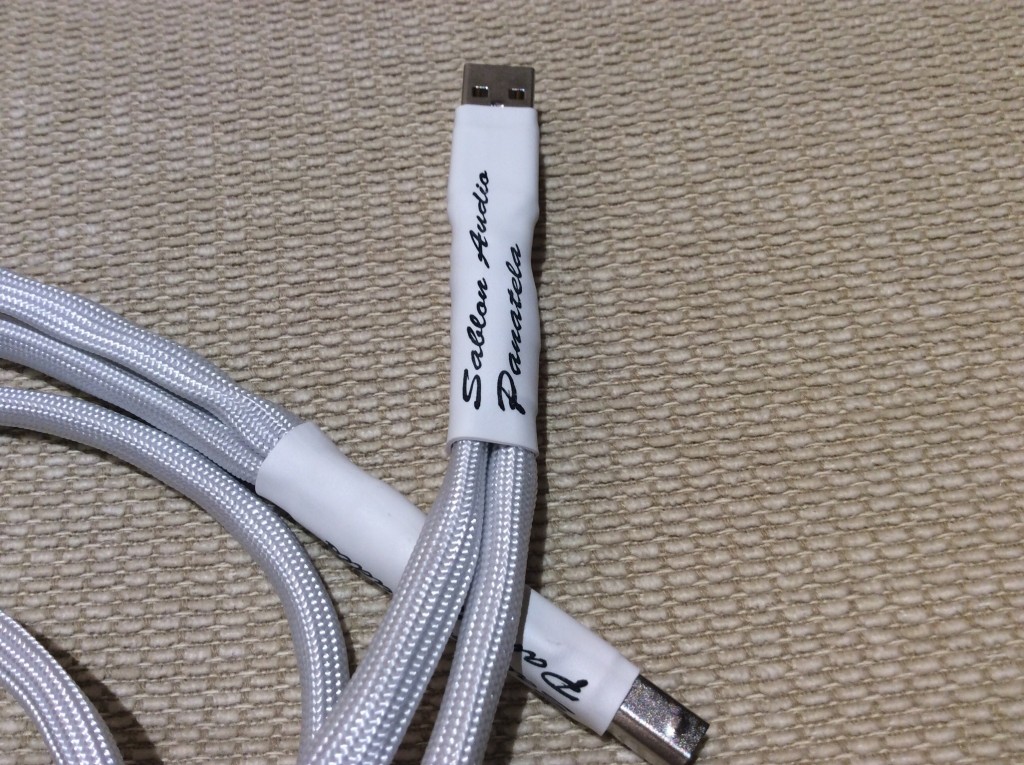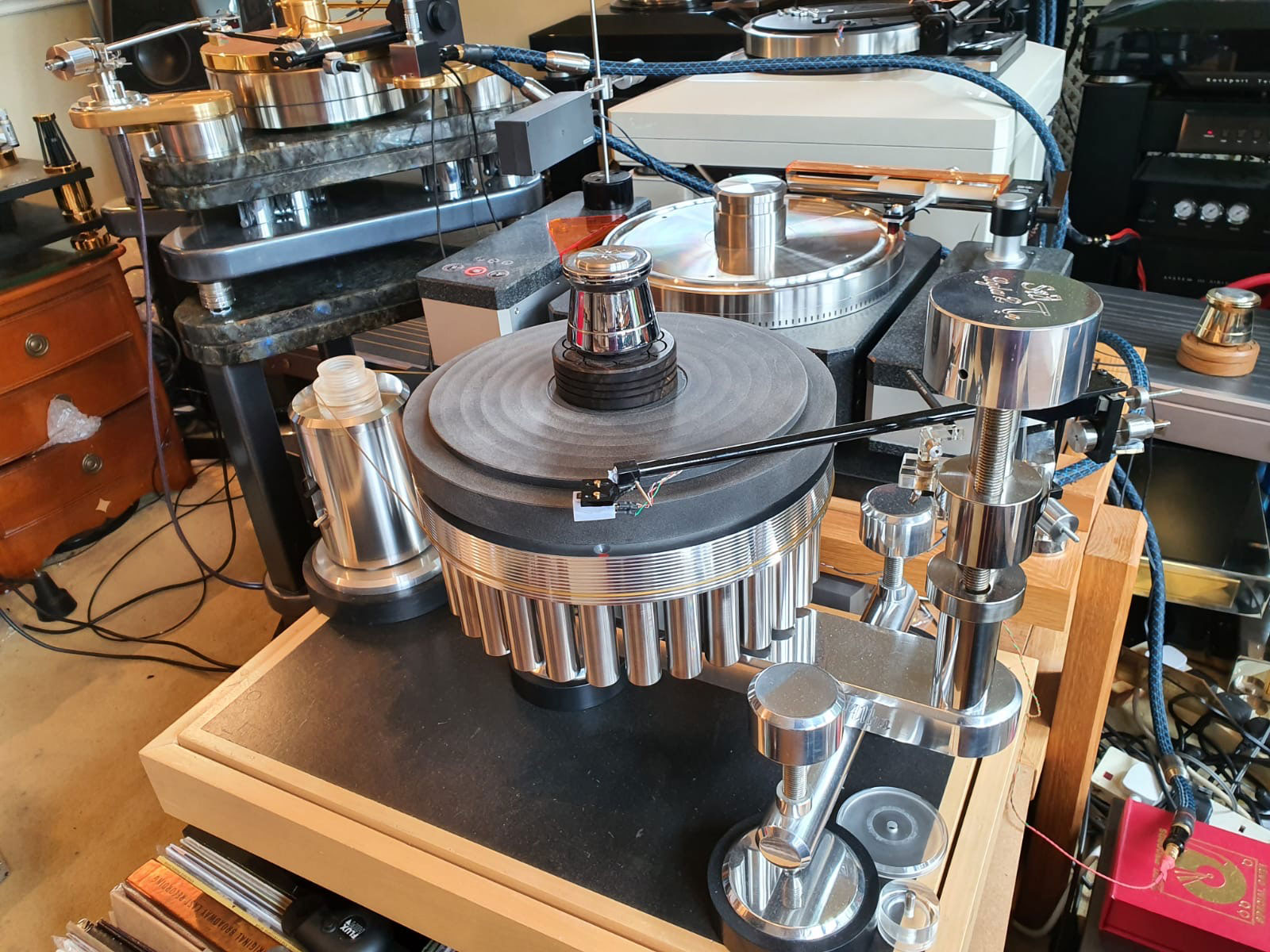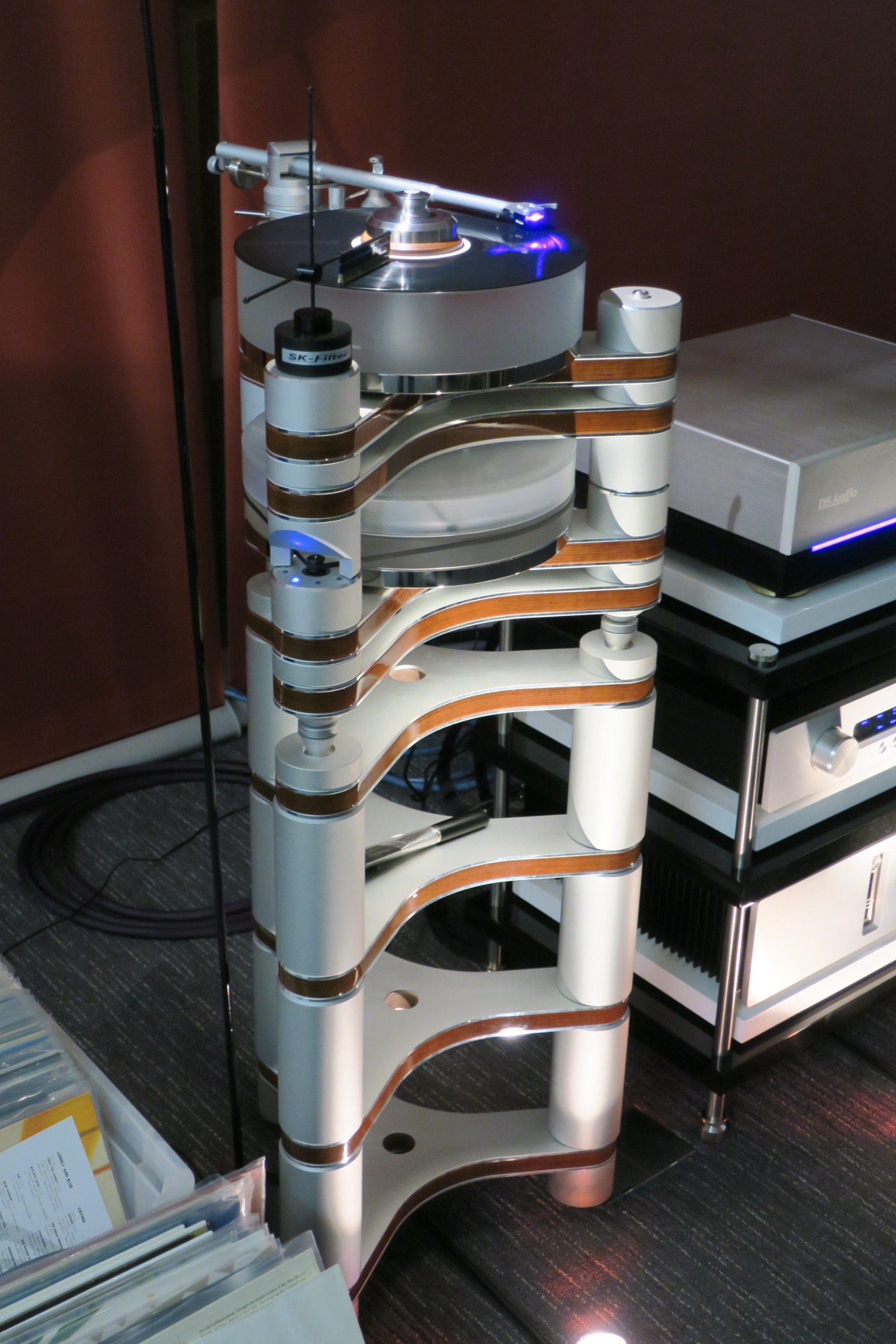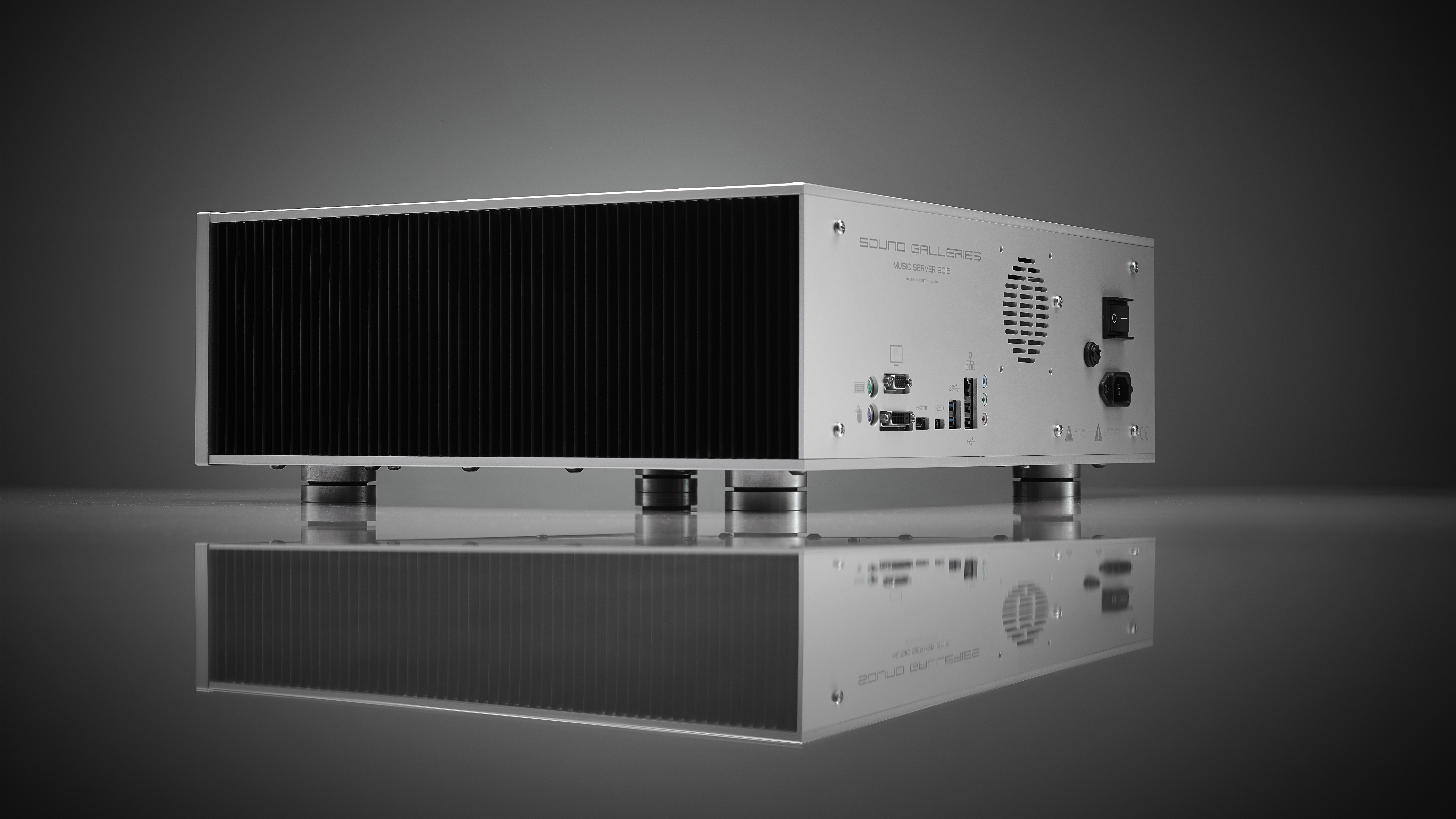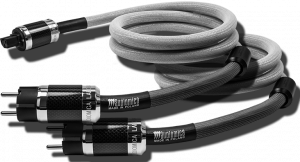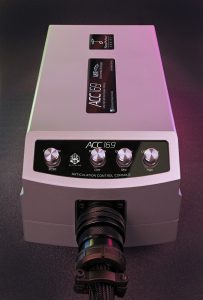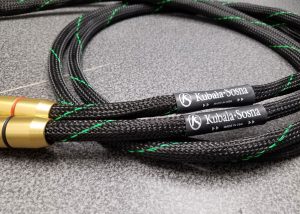Audio cables seem to induce more fractious behaviour among audiophiles than virtually any other component of the hifi chain. The two camps comprise the hardcore objectivist, who demands rigorous scientific evidence and the subjectivist who is merely happy to report what they hear. I don't wish to dwell on this age-old debate; instead I wish to transparently declare my position as someone who does feel that cables can and do influence the overall sound of a high-end system. In fact I would go as far to say that a system that really gels is critically influenced by choice of cabling.I have experienced and owned cables from many of the leading manufacturers and feel that I have managed to acquire a good sense of their respective sonic signatures. As an example, in my opinion the classic hallmark of a Nordost loom is speed, detail retrieval, dynamics and precision (I have owned Frey and Valhalla). A Kondo loom is the antithesis of the Nordost signature where smoothness, sweet treble, and non-fatiguing are adjectives that spring to my mind (I owned SPC and VC). It has taken me many years to really appreciate the sonic qualities of cabling that I most value; a cable must sound wholly natural, meaning that instruments are accurately portrayed in terms of timbre; a cable must deliver a voluminous soundstage that is packed with musical detail that reflects the artistry of the performance; a cable must have deep and potent bass but not sound unnaturally fast. Some high-end cables retrieve forensic levels of detail at the expense of the musical event—this is most definitely something I try to avoid. Moreover there are cables that sound unnaturally bright or devoid of harmonic structure and thus these should be avoided unless you have a system that is far too plump and saccharin.
The Sablon cable loom has gained significant popularity with many Devialet owners—this piqued my interest knowing the D premier well and it's sonic limitations of timbre, bloom, and harmonic integrity. Perhaps the owners were finding harmony with the Sablon power cords? The Sablon cables are artisanal products meticulously crafted by the hands of Mark Coles, a true gentleman with a terrific passion for ultimate audio performance.
The Panatela Reserva interconnects eschew the current trend for uber shielding and screening by running au naturale; cosseted in a pure silk jacket, the Reservas seemingly blend into a high-WAF domestic environment. The xhadow connectors implemented in the previous iteration are now replaced by KLEI pure silver and terminated with WBT silver solder, the latter a departure from the solder-less approach of the 1st generation (the pair on demonstration had the original xhadow connectors as they were a well used early iteration). This was necessitated by the sophistication of the revised geometry of new very high purity copper conductors of varying gauges. Mark has moved away from the original silver conductors as the latest generation copper were found to sound both more dynamic and deliver greater resolution. Electrically speaking, this masterly concoction yields an interconnect with very low resistance and capacitance. I have to admit that I do tend to positively discriminate towards copper conductors due to my negative experiences with some silver cables tilting the treble up. My system employs Focal Maestro Utopia speakers with very resolving beryllium tweeters that need to be kept under strict control and so I tend to prefer interconnects with a less exaggerated treble such as the Tellurium Q cables that I currently use.
The Panatela Speaker cables have undergone similar design revisions but sport a bronze jacket—the pair I have on demo are 1.5m long and a perfect short run from my monoblocks to speakers. The Reserva power cord is a substantial beast although unusually pliable compared with the pythonic proportions of the Gran Corona, a boon given the lack of space behind my rack. Cable geometry is of a braided configuration of new super high quality conductors with a separate screened ground and the entire structure is beautifully clothed within the same classy bronze jacket as the speaker cables. Terminations of this UK version are state of the art rhodium plated Furutech. Mark then fastidiously applies multifarious additional design tweaks to voice the cable such as noise absorbing crystals and targeted cryogenic treatments.
I was also fortunate enough to get my mitts on the new Sablon Panatela USB cable—again it shares design principles of the interconnect albeit with the 90ohm requisite impedance characteristics for USB. Mark also painstakingly isolates power and signal conductors into two separate cables and implements two types of shielding. Conductors are hand soldered and Mark tells me that it is a pig to make. The cable is also finished in a luxurious silk and are delightfully tactile.
How do they sound?
Power Cord
I kicked off the auditioning process by exchanging the Isotek Optimum power cable from my Lampizator Golden Gate DAC with the Reserva power cord. As an aside, I have numerous power cables at home including Nordost, Furutech, and Isotek. I found the Nordost cables to have particularly bad synergy with the Golden Gate and would avoid this combination for other users of the Golden Gate. More specifically, the Nordost (Brahma and Vishnu) cables reduced the enormous liquid soundstage and dried out the harmonic richness of the midrange rendering a finely etched sound. In fact, my good audiophile friend and I first noticed the deleterious ramifications of inserting a Nordost Vishnu into a Lampizator the very first time I ever heard an original big 7—so much so that we were flummoxed by the positive restoration when changing back to an Isotek. Furutech cables also seem to have much better synergy.
I inserted the Reserva into the Golden Gate, which incidentally provided a very reassuring grip on the IEC inlet. I then left the unit for a 30 minute warm-up as per my normal Golden Gate listening procedure and made a brew. As a quick recap for those of you not familiar with my preferred 4 sonic traits as outlined in my Golden Gate review:
"Realism (the desideratum) for me is exemplified by natural timbre, lifelike dynamics, 3-dimensional sound staging, and uncanny resolution."
First up was the latest album, Currency of Man, by Melody Gardot. The Reserva significantly enhanced the lifelike and extraordinary tactile presence of the vocals on "Burying My Troubles" by increasing their 3-dimensionality and soundstage pop whilst seemingly reducing hash around them. I then moved to another track on this same album, "If I ever Recall Your Face" and the soundstage expanded in all dimensions compared to my existing power cord—importantly, instruments remained locked into their position with more precision and I could peer deeper into the recording.
I then moved to the sensationally well-mastered Analogue Productions DSD recording of Elvis 24-carat Hits. Fellow audiophiles, even those of you who are neither-here-nor-there about Elvis, you simply must check this fabulous recording out. Once again, the realism of Elvis's vocal was simply spooky—one could literally feel, let alone hear, the warmth and love-me tenderness of his exceptional voice.
I then changed genre to classical as I feel this is where one can really disentangle what a component or system change brings to the party. I started off with the Norrington red book recording of Beethoven's pastoral symphony. Immediately I experienced a wider and deeper soundstage that placed individual sections more precisely. The glorious massed string crescendos with those lovely French Horn and woodwind motives filled my entire room—I was bathed in F major goodness. The timbral qualities of the Golden Gate and Isotek are exceptional but the addition of the Reserva seemed to bring more body to cellos and a richer harmonic sheen to the fiddles. Horns had terrific bloom—their notes seem to soar above the rest of the orchestra and with vivacity.
I have always been passionate about Renaissance polyphony and in particular Tallis, Palestrina and Byrd. I listened to the Tallis Mass for Four Voices—this red book version by The Sixteen. The Reserva managed greater retrieval of ambient cues through a lower noise floor—musically speaking, one could hear individual voices more clearly together with the sound of the voices interacting with the church acoustic. This draws the present listener into this wonderful sacred music such that time seems to pass by in a semi-hypnotic state—catharsis from hectic modern life as far as I am concerned. As an aside I recently noted the BBC article about music causing goosebumps—physiologically speaking, music activates the limbic system (among other areas), which is responsible for our emotional processing. The combination of Golden Gate and Sablon Reserva seemed to excite my neural circuitry more so than ever, which is a great thing indeed and surely the point of this hobby. One of my great audiophile buddies has always relied on the "goosebumps" factor as a proxy for the success of a system—I am inclined to agree!
In summary, the Reserva power cord was simply the finest that I have ever encountered and if you value 3-dimensionality, extraordinary resolution with super quiet backgrounds then I strongly recommend asking Mark at Sablon for a demo. I could not possibly return this cable and purchased it for my Golden Gate.
Speaker Cables & Interconnects
Second up on the audition schedule was the Panatela Reserva speaker cables and interconnects. I was somewhat "caught out" by my preconceived expectations of how the speaker cables might sound. I was expecting a dark sounding cable with bloom and diffuse soundstage. This was not to be and after several very familiar tracks from an Analogue Productions Louis and Ella album, I heard a substantial increase in detail retrieval. The smallest of recording cues such as breathing and moving around the recording studio were laid bare before me. To double check that it wasn't an artefact of poor aural memory, I revisited the same tracks played earlier and my first impression was confirmed. The clever thing about the Panatela Reserva speaker cables is this super high-res presentation does not come at the cost of reduced musicality. I normally steer a wide berth from the über detail and analytical presentation of some cables for this very reason. One need not worry here as you get the best of both worlds.
Richard Hawley is my favourite current rock artist and of all his wonderful albums, Truelove's Gutter has to be the pinnacle for me. I frequently use it as an audition album as I have heard him live five times over the last few years and own it on both vinyl and digital. I played "Don't Get Hung Up in Your Soul" first up and was caressed by the rich and dulcet baritone vocals that I so adore. The Reserva managed to maintain the bloom and warmth in the vocal yet provide a precision to the soundstage that I had hitherto not encountered. This precision manifests as hearing David Coulter on the saw (yes I did mean a saw that you would cut wood with) in his own defined space unleashing an ethereal and haunting riff over the top of this melancholic ballad. I strongly urge you to get a copy of this album—it really is so very special.
The precision of soundstage was also replicated in the Deutsche Grammophone recording of The Planets by the Chicago Symphony orchestra. Each section of the orchestra enjoyed their own space within this voyeur's window rendering a very lifelike facsimile of what it would have been like to be sitting in that concert hall. Other cables that I have owned tended to smear this effect ever so slightly or trade that increased focus for loss of timbral fidelity, which has never been an acceptable compromise for me. Now one can have their cake and eat it!
In summary, the Panatela Reserva speaker cable and interconnects have state of the art resolution and precision of soundstaging whilst retaining faithful timbre and oodles of musicality.
USB Cable
To complete the full loom, I replaced my existing (and very competent) TotalDac USB cable with the Sablon Panatela USB. My goodness, I really was not expecting the immediate transformation. Those doubters who excrete their diatribe about it all being ones and zeros and that a USB cable can't possibly make any difference should really open up to audiophile quality USB cables as they really do make a substantial improvement.
My listening commenced with the soul-stirring Mercury Living Presence recording of Romanian Rhapsody number 1 by Enescu. The delightful woodwind exchanges that open this glorious piece took on super vividness and a lifelike timbre that I hadn't heard before in my system. I was then greeted with a really deep and full soundstage with sweet violins floating before me. The pizzicati motives exuded a fidelity with which I had not heard before in my system. Great stuff.
After a very late night session perusing my vast catalogue via jremote to jriver, I concluded that all facets of my system had improved. Very highly recommended indeed.
Conclusion
The Sablon Audio loom is an artisanal tour de force. It exudes quality and stunning looks that are matched by reference level sound. The value on offer here in the grand scheme of super high-end cables makes these a true bargain. I would recommend starting with a Sablon Reserva power cord or USB to get a flavour of what is on offer from this fine UK brand.
MSRP (US Dollars): $1750 1m Reserva RCA interconnect, $2950 8ft Reserva speaker cable, $900 1.2m Panatela USB cable, $1950 5ft Reserva power cord
Sablon Audio




